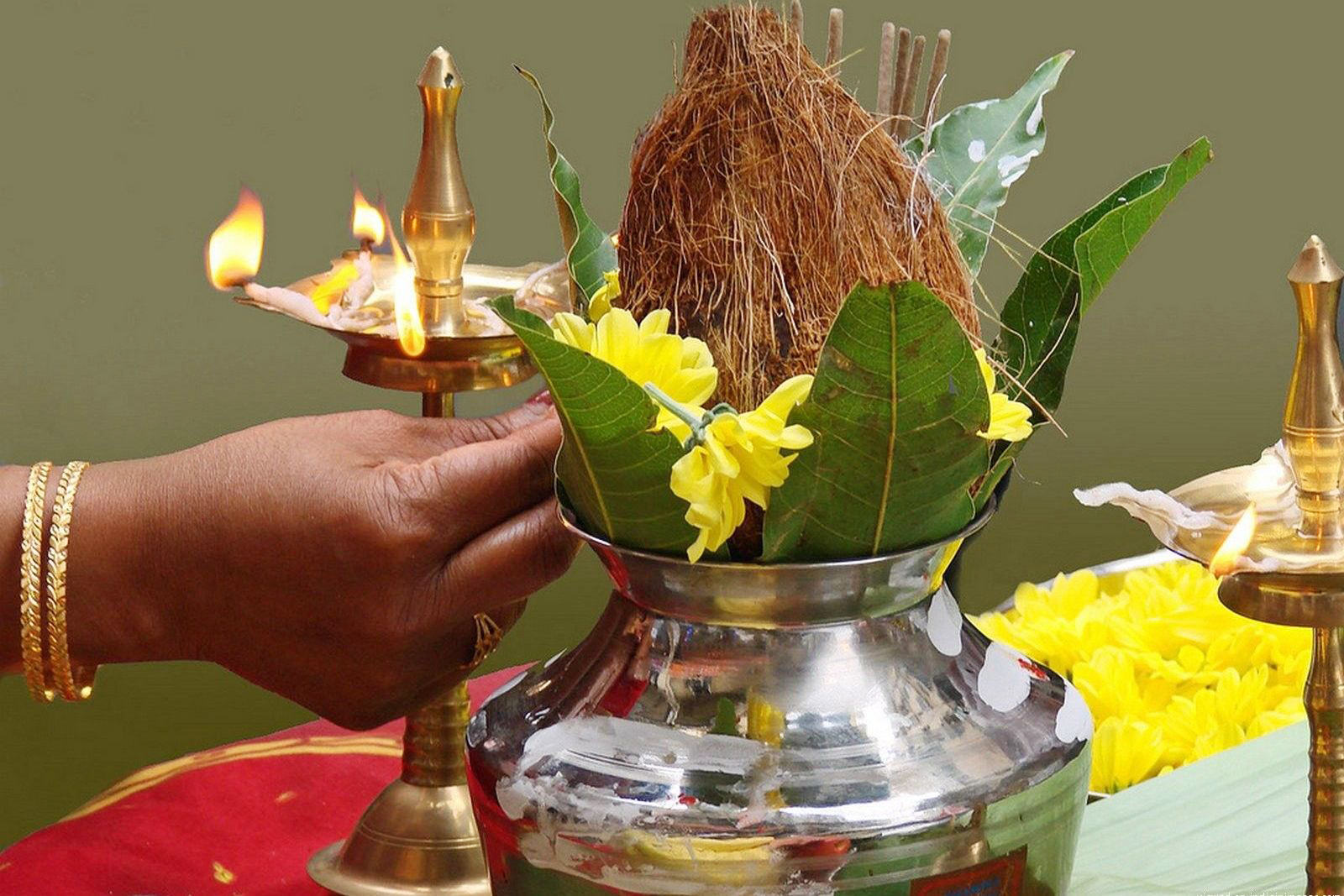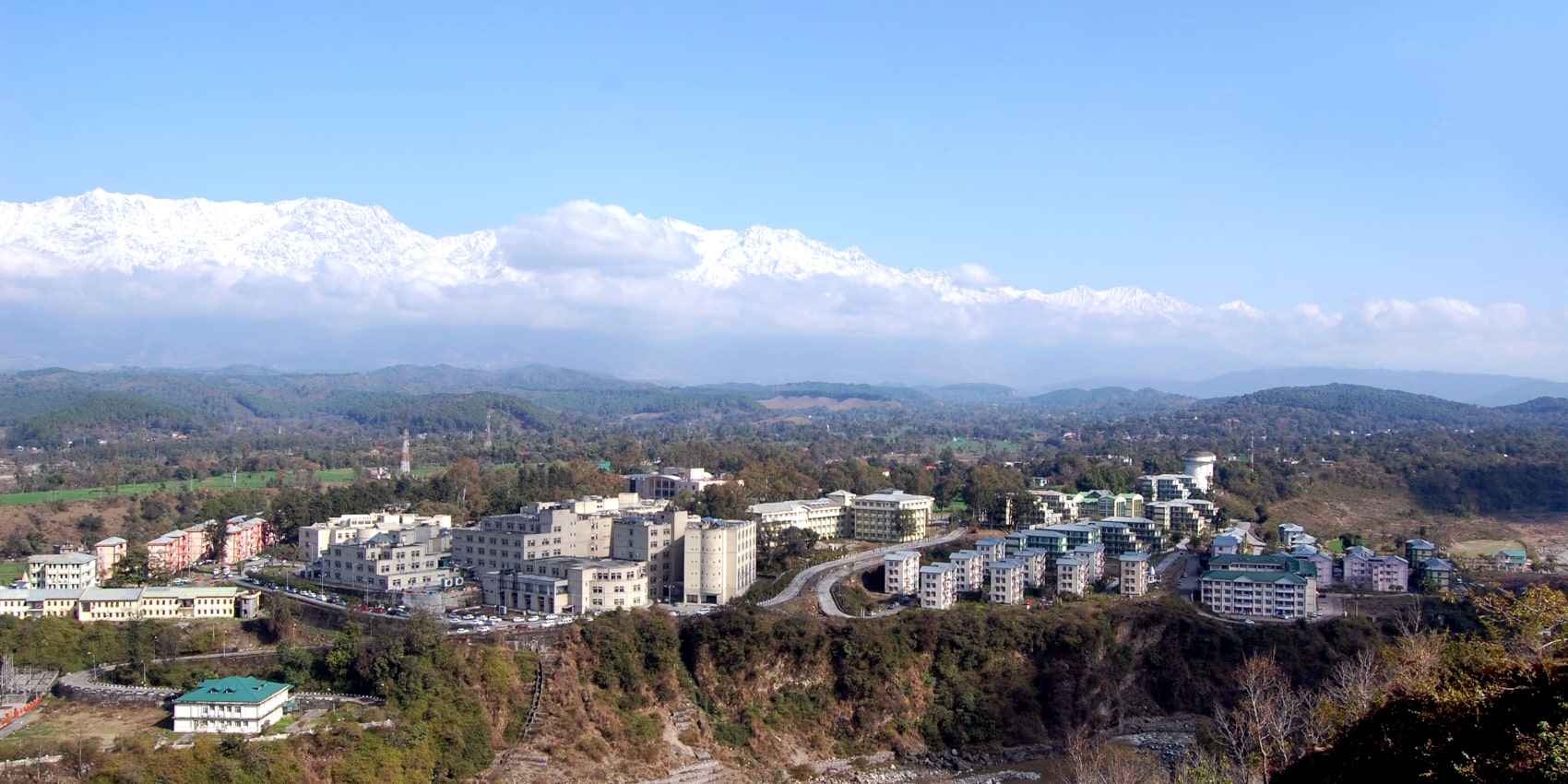Prime Minister Narendra Modi celebrates Puthandu, the Tamil New Year, highlighting the ancient Tamil culture’s modernity, the contributions of Tamil people to India, and their global significance. The PM also emphasizes the importance of knowing and sharing Tamil heritage with the world, promoting unity and a ‘Nation First’ spirit.
The Prime Minister of India, Shri Narendra Modi, recently participated in the Tamil New Year celebrations, expressing his joy and love for Tamil culture and traditions. In his address, he emphasized the importance of preserving and promoting ancient Tamil culture’s rich heritage while celebrating modernity and innovation.
The Prime Minister’s participation in the Tamil New Year celebrations highlights the importance of recognizing and embracing India’s diverse culture and traditions. He encourages people to learn and share Tamil heritage with the world, promoting unity and a ‘Nation First’ spirit. Subscribe and follow to stay updated on more such stories.
Learn More
Table of Contents
Tamil New Year: Celebrating the Arrival of Spring and Fresh Beginnings
The Tamil New Year, also known as Puthandu or Varsha Pirappu, is a celebration of the arrival of spring and the start of a new year in the Tamil calendar. It is observed by Tamilians across the world, especially those in India, Sri Lanka, Malaysia, and Singapore. The festival is marked with traditional rituals, feasting, and merrymaking, and is a time to reflect on the past year and look forward to new beginnings.
History and Significance of Tamil New Year
The Tamil New Year is based on the Hindu solar calendar and falls on the first day of the Tamil month of Chithirai, usually in mid-April. The festival has its roots in ancient Tamil culture and is believed to have been celebrated for over 2,000 years. According to legend, Lord Brahma, the creator of the universe, started the Tamil calendar on the day of the Chithirai star’s appearance. The festival is also associated with the coronation of King Pandyas, an ancient dynasty that ruled Tamil Nadu.
The Tamil New Year has cultural and religious significance for Tamilians. It is a time to seek blessings from the gods, express gratitude for the past year’s harvest, and welcome new beginnings. The festival marks the end of the old year and the start of a new one, with all its possibilities and opportunities.
Customs and Traditions of Tamil New Year
The Tamil New Year is a time of great joy and celebration. The festivities begin with a thorough spring cleaning of homes and decorating them with colourful flowers and rangolis, intricate patterns made from coloured rice flour. People dress up in new clothes and visit temples to offer prayers and seek blessings from the gods.
One of the highlights of Tamil New Year is the preparation and sharing of traditional delicacies. Special dishes such as sweet pongal, vadai, payasam, and puliyodharai are made and shared with family and friends. The feast symbolises abundance and prosperity and is a way of sharing good fortune with loved ones.
Another significant tradition is the reading of the Panchangam, an astrological almanac that predicts the year’s events. People gather in temples or homes to hear the predictions and gain insight into the future. The Panchangam also contains guidelines for auspicious timings and rituals for the year.
Celebrating Tamil New Year Around the World
Tamil New Year is a global festival celebrated by Tamilians across the world. In India, the festival is celebrated with great fervour in Tamil Nadu, Puducherry, and other states with a significant Tamil population. The festival is also celebrated in Sri Lanka, where it is a public holiday, and is known as Sinhala and Tamil New Year. In Malaysia and Singapore, Tamil New Year is a public holiday, and celebrations include cultural shows, food fairs, and traditional games.
Conclusion
The Tamil New Year is a celebration of spring, fresh beginnings, and new opportunities. It is a time to reflect on the past year, seek blessings for the future, and spend time with loved ones. The festival’s customs and traditions are rooted in ancient Tamil culture and provide a glimpse into the region’s rich history and heritage. As Tamilians across the world come together to celebrate this joyous occasion, they share the hope and optimism of a new year full of promise and prosperity.
FAQs
When is Tamil New Year celebrated?
Tamil New Year is celebrated on the first day of the Tamil month of Chithirai, usually in mid-April.
What is the significance of Tamil New Year?
Tamil New Year marks the start of a new year in the Tamil calendar and is a time to seek blessings from the gods, express gratitude for the past year’s harvest, and welcome new beginnings.
What are some traditional dishes made during Tamil New Year?
ome traditional dishes made during Tamil New Year include sweet pongal, vadai, payasam, and puliyodharai.
Where is Tamil New Year celebrated?
Tamil New Year is celebrated by Tamilians across the world, especially in India, Sri Lanka, Malaysia, and Singapore.
What are some other names for Tamil New Year?
Tamil New Year is also known as Puthandu or Varsha Pirappu.
























